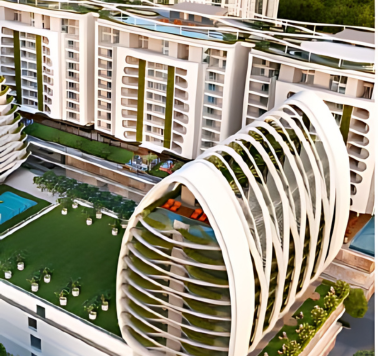While both CBDs and SEZs are pivotal to economic development, they cater to different aspects of the global economy. The CBD is the vibrant core of urban commerce and culture, while the SEZ is a specialized area designed to attract foreign investment and boost exports. Understanding these differences helps in appreciating the unique roles each plays in fostering economic growth and industrialization.
The terms CBD (Central Business District) and SEZ (Special Economic Zone) are frequently used. Both play crucial roles in the economic fabric of a region, but they serve different purposes and have distinct characteristics.
What is a Central Business District (CBD)?
Definition The Central Business District, commonly referred to as the CBD, is the commercial and often geographic heart of a city. A high concentration of retail and office buildings, cultural institutions, and transport hubs characterizes it.
Characteristics
FunctionThe primary function of a CBD is to serve as the central hub for commerce, finance, and administration within a city. It attracts businesses due to its strategic location, availability of professional services, and proximity to government institutions.
What is a Special Economic Zone (SEZ)?
DefinitionA Special Economic Zone (SEZ) is a designated area within a country that operates under different economic regulations than the rest of the country. SEZs are created to attract foreign direct investment (FDI), boost exports, and create jobs by offering incentives such as tax exemptions and simplified customs procedures.
FunctionThe primary function of an SEZ is to promote economic growth by attracting foreign direct investment (FDI) and increasing export-oriented production. SEZs aim to create a competitive environment that stimulates industrial activity and innovation.
Key Differences Between CBD and SEZ
| CBD | SEZ | |
| Purpose and Function | Serves as the central hub for business and commerce within a city. It supports a wide range of activities, including finance, retail, and professional services. | Designed to stimulate economic growth through export-oriented industrialization and foreign investment. It focuses on manufacturing, trade, and industry-specific activities. |
| Geographic Location | Located at the heart of the city, often characterized by high land value and urban density. | Can be located in various parts of the country, often in less developed regions to promote regional development. |
| Regulatory Environment | Operates under the standard regulatory framework of the city or country. | Benefits from special regulatory provisions, including tax exemptions and relaxed labour laws, to attract businesses. |
| Economic Impact | Drives local commerce, provides employment in diverse sectors, and enhances the city’s global competitiveness. | Aims to boost national exports, attract foreign investment, and create jobs in specific industries. |
| Infrastructure | Features mixed-use development with commercial, retail, and cultural institutions. The high density of skyscrapers and public transport hubs. | It can be located in various parts of the country, often in less developed regions, to promote regional development. |

